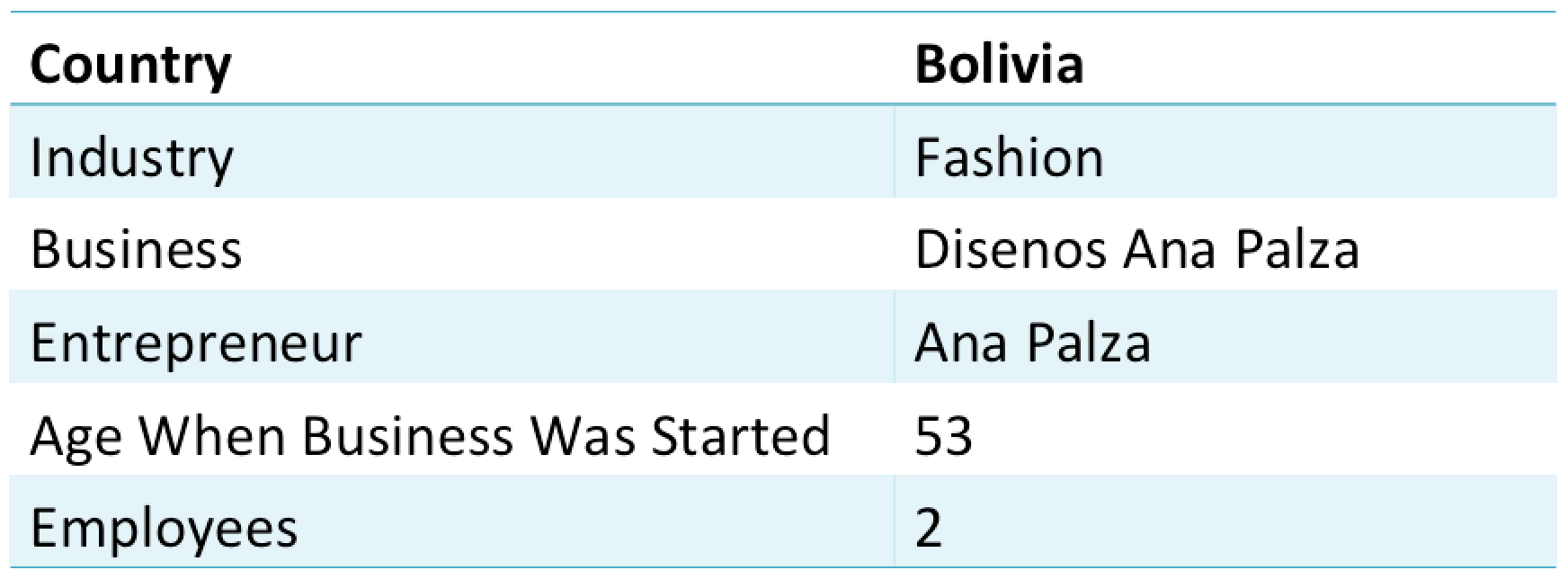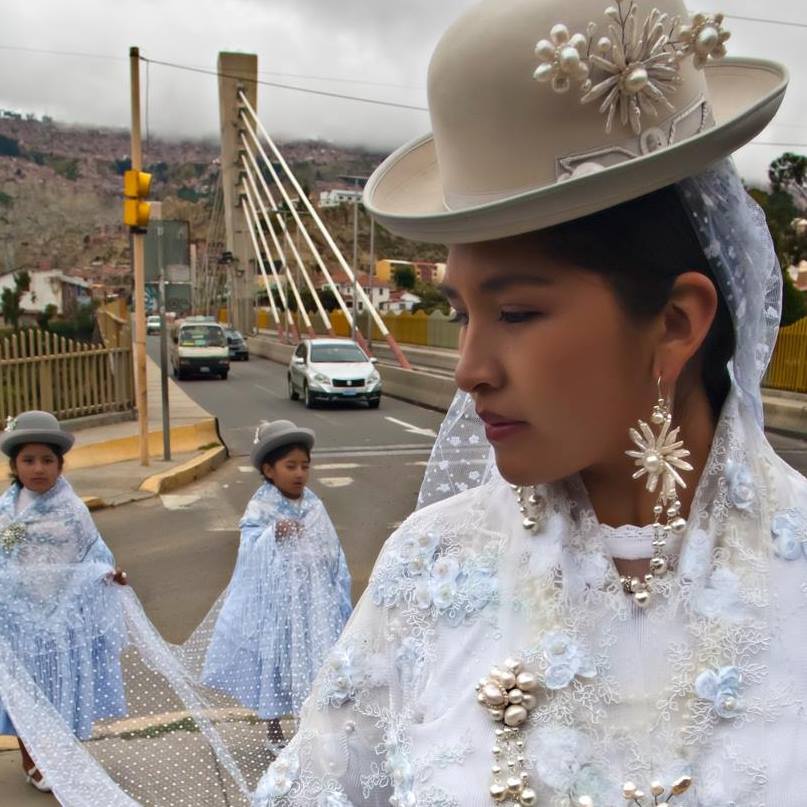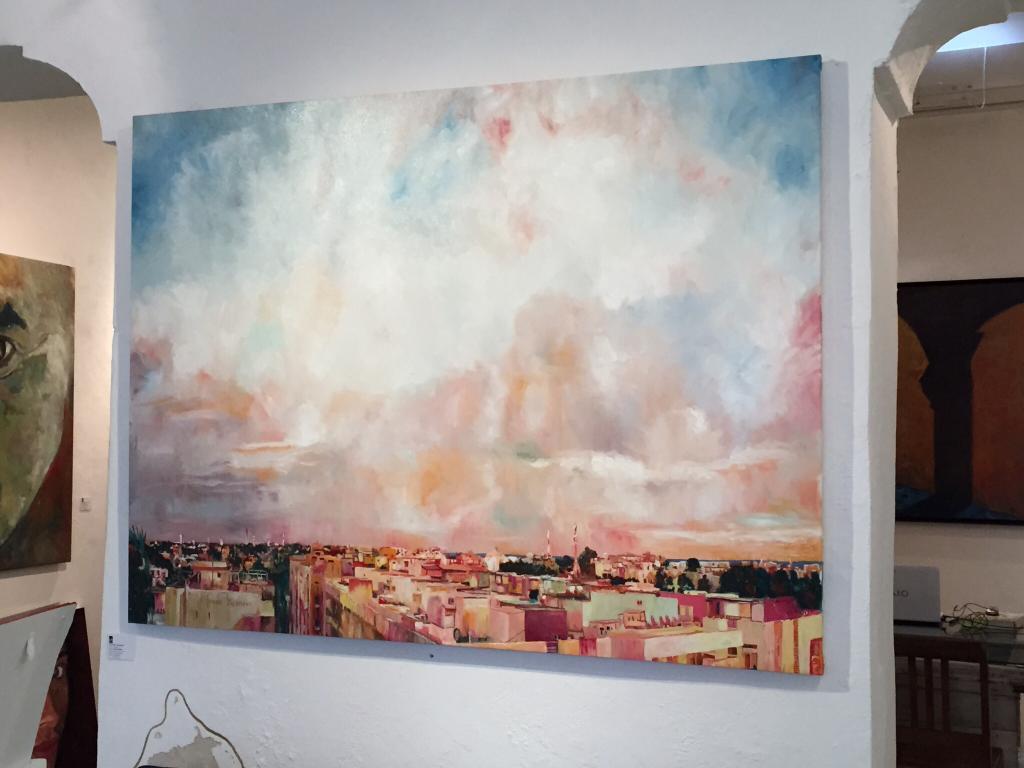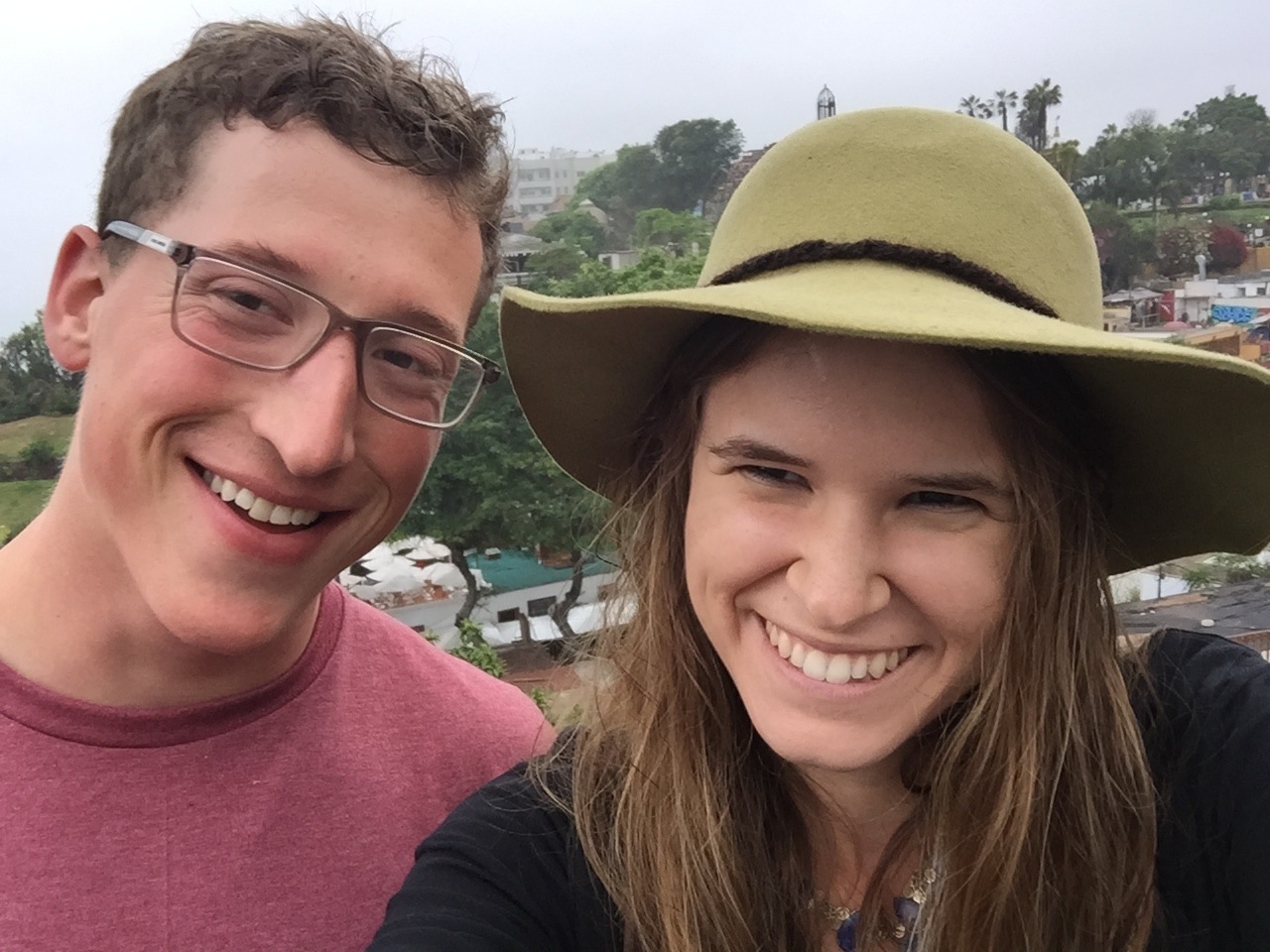When we walked into Chocolates Para Ti (Chocolates For You in english)- a coffee and chocolate franchise in La Paz, Bolivia, we were greeted by the smell of chocolate. We sat down at one of the coffee tables, and drooled down at a menu listing over 20 types of natural chocolates made in Bolivia.
Veronica Gantier opened the franchise in 2015 after helping launch the first Chocolates Para Ti store in Sucre, Bolivia. As an architect and designer, Veronica designed the entire store layout for booth the Sucre location, and her own franchise in La Paz.
Veronica admits that since opening the La Paz franchise in 2015, “business has been slow. It is not as successful as I had hoped. While La Paz is an excellent place to start a business, our location within La Paz doesn’t have a lot of traffic. Regardless, I believe that the design and layout of the store helps bring in some customers because it creates a great environment to enjoy chocolate.”
“My cousin and I have been dreaming of opening a place for years. While, the concept did great in Sucre, neither of us knew how to run a business and had to figure it out on the go. Originally, I was supposed to help start the business and leave it to my cousin, but in the end I wound up taking over most of the operations.”
The future of Veronica’s franchise in La Paz is uncertain because of the struggling sales. “Only time will tell,” she says. Our fingers, and taste buds are crossed!











